RASHT TRAVEL GUIDE
Things to Do in Rasht – Activities & Attractions
—————————Ο————————

Things to Do in Rasht – Activities & Attractions
—————————Ο————————
Rasht (the capital city of Gilan Province) is the largest city on Iran’s Caspian Sea coast with a Mediterranean climate. Known as the city of silver rains, this city is one of the most important rice and vegetable producers in the country due to its humid and rainy climate. Rasht is named one of the UNESCO Creative Cities for its delicious and various local foods. The people of Rasht are among the most energetic and hospitable people in Iran and their language is Gilaki.
You can find many varieties of foods and crafts in Rasht. Based on UNESCO’s standards, a city is creative when it uses the innovations and capabilities of the citizens in sustainable urban development. This Iranian city together with a few dozen other cities in the world has been inscribed on the Creative List by UNESCO for its gastronomy.
Many travel to Rasht to visit its tourist attractions like Shahrdari Square Complex, Rasht Grand Bazaar (Pileh Meydan), Sabzeh Meydan, Sardar-e Jangal House, Saint Mesrop Armenian Church, Museum of Rural Heritage of Gilan, Mohtasham Garden, Eynak Wetland, Sakalaksar Lake, Saravan Forest Park and so on.
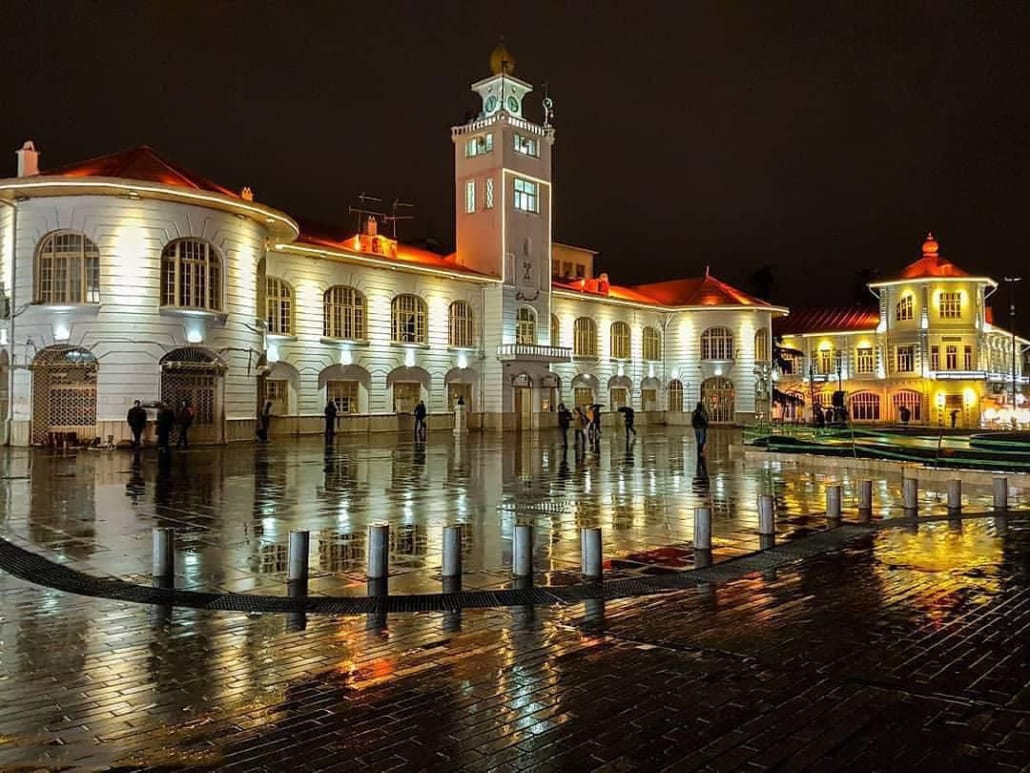
Shahrdari Square is the beating heart of Rasht and one of its most popular attractions. This square is surrounded by several historical monuments, such as a clock tower, the post building, the historic Iran hotel, and the city hall. The name Shahrdari, meaning city hall, refers to the city hall building in this square which is the first one built in Iran. Shahrdari Square was built between 1919 and 1924 and is still the main square of Rasht. The architecture of this square and the beautiful surrounding buildings is inspired by Saint Petersburg city. Shahrdari Square is a popular choice for spending the evening or strolling around and enjoying the delightful weather.
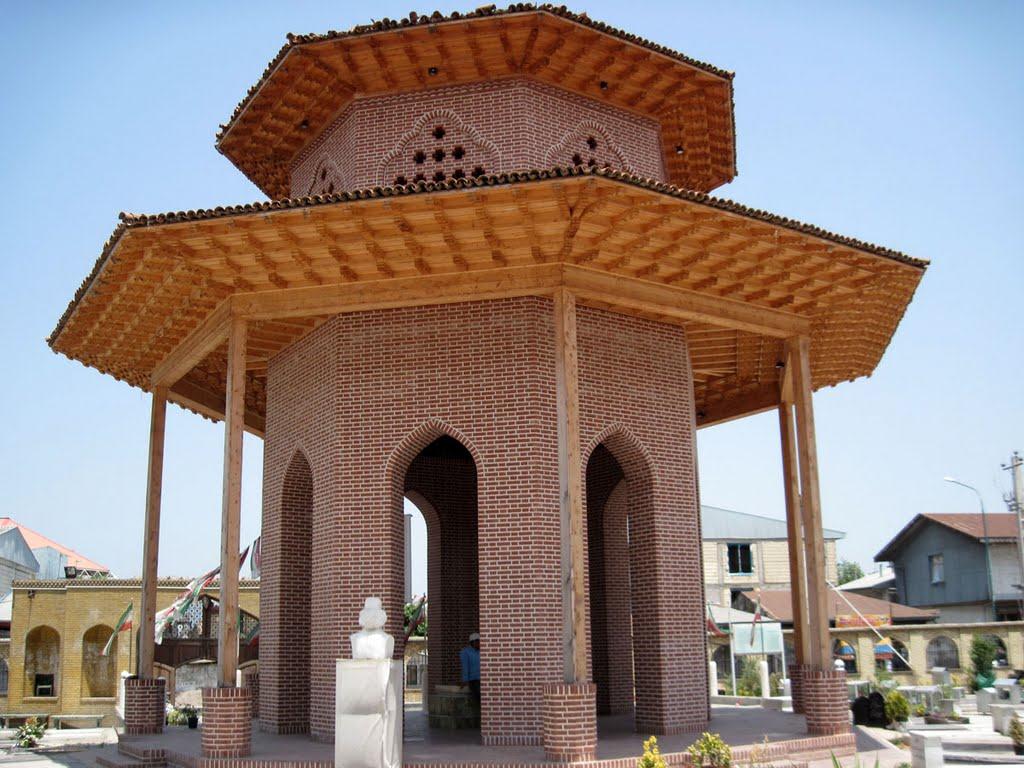
Mirza Kuchak Khan was an Iranian activist in the constitutional revolution of Iran, the leader of the Jungle movement, and the founder of the Soviet Republic of Gilan. He was a beloved character and a hero to Gilanis. Today his home serves as a museum displaying his personal possessions. Visiting his house helps visitors learn about an important era in the history of Iran. The mausoleum built in his memory is also visited often by locals and travelers.
Rudkhan Castle (Qal’eh Rukhan)
Located near Fuman City, Rudkhan Castle is the largest brick-made castle in Iran. This impressive castle is located on top of the mountain and surrounded by the forest, allowing visitors to enjoy the beautiful nature whilst visiting this grand castle. Rudkhan Castle is praised for its grandeur, clever architecture, and defensive structure. This stunning castle dates back to the Seljuq era and has never been taken by enemies. The best time to visit Rudkhan Castle is during the summer as the stairs may become slippery in winter. The thousand stairs going up to Rudkhan Castle may make you doubt visiting it, but the beautiful view and the castle itself make it worth the effort.
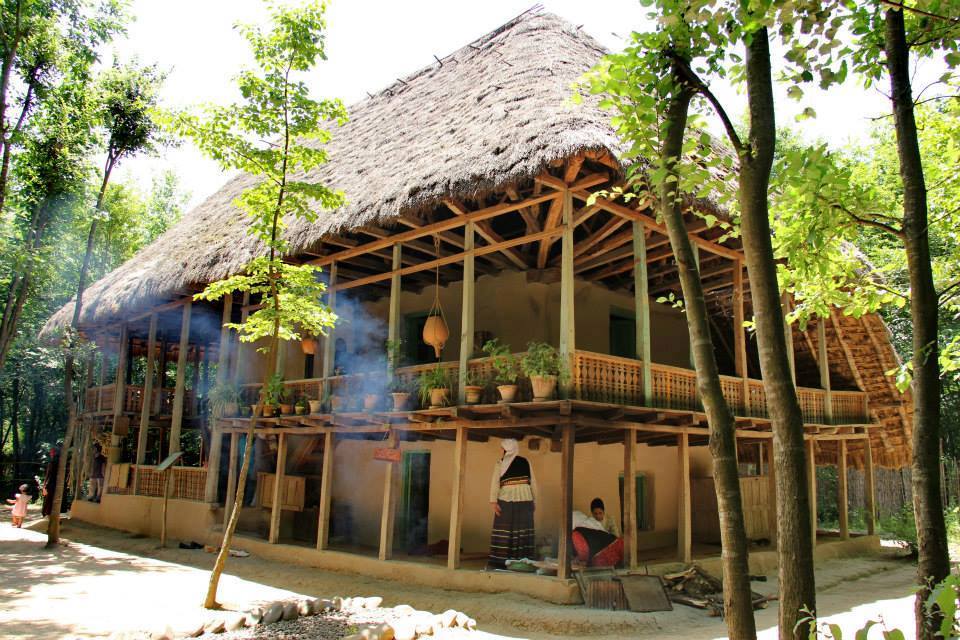
Gilan Rural Heritage Museum is the first eco-museum in Iran. Located in Saravan Park, this museum is the best place for getting to know about the culture and lifestyle of the people of Gilan. Rural houses and other structures found in the villages of Gilan are displayed in the Gilan Rural Heritage Museum. Each part of this vast and interesting museum is organized like a separate village with rural houses, mosques, schools, and other structures preserved in their original form. You will enjoy the great atmosphere of Saravan Park and buy local food and handicrafts whilst learning about rural life in Gilan province.
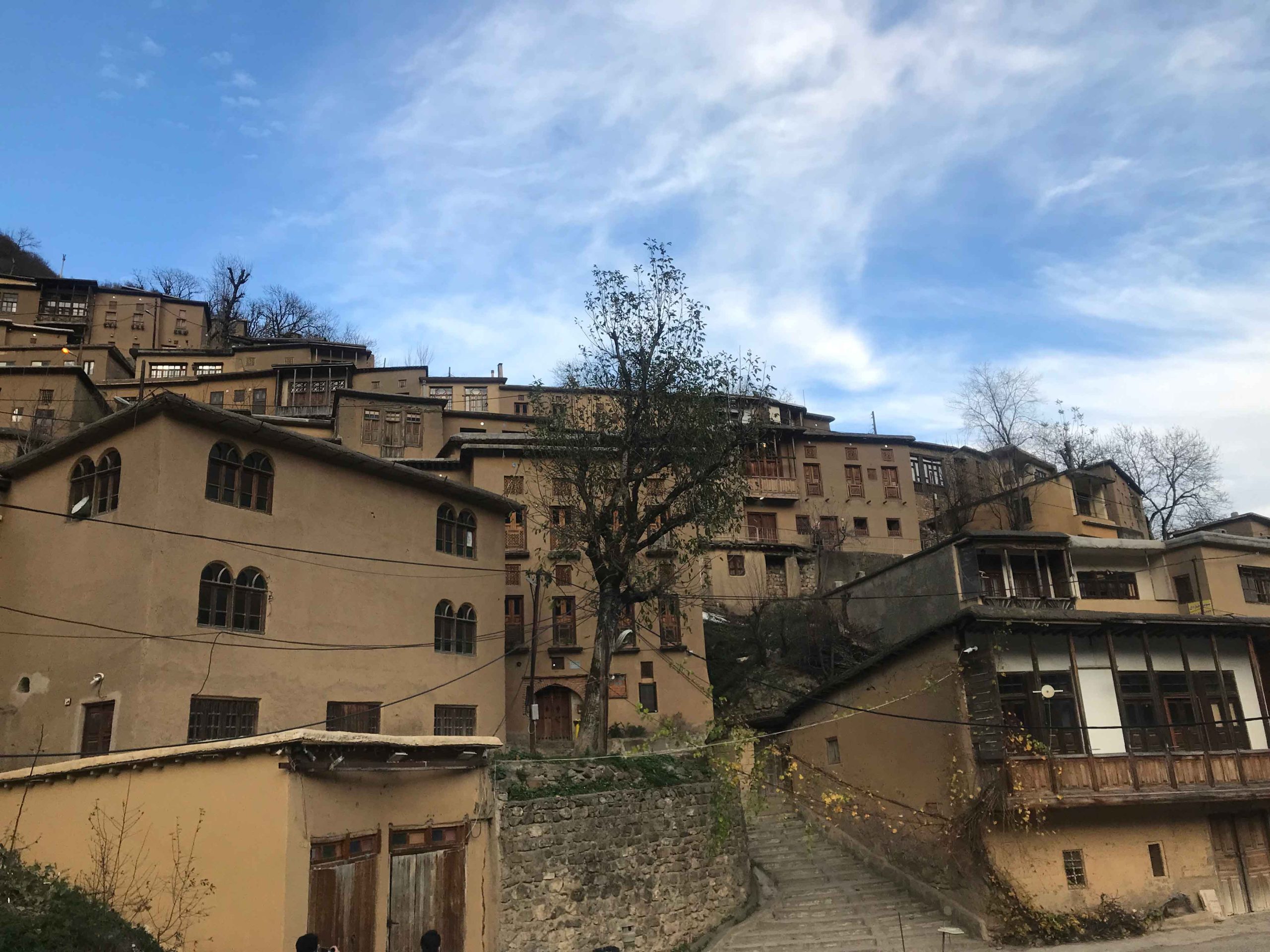
Masuleh Village is located in the Talesh mountain range and 65 km south of Rasht. This village is famous for its unique structure with the yard of each house being the roof of the one below it. The spectacular scenery, created by the waterfalls and the verdurous mountain, adds to the charm of this village. In Masuleh Village, you will also get the opportunity to spend some time experiencing the traditional life of the inhabitants by staying in one of the traditional hotels available.
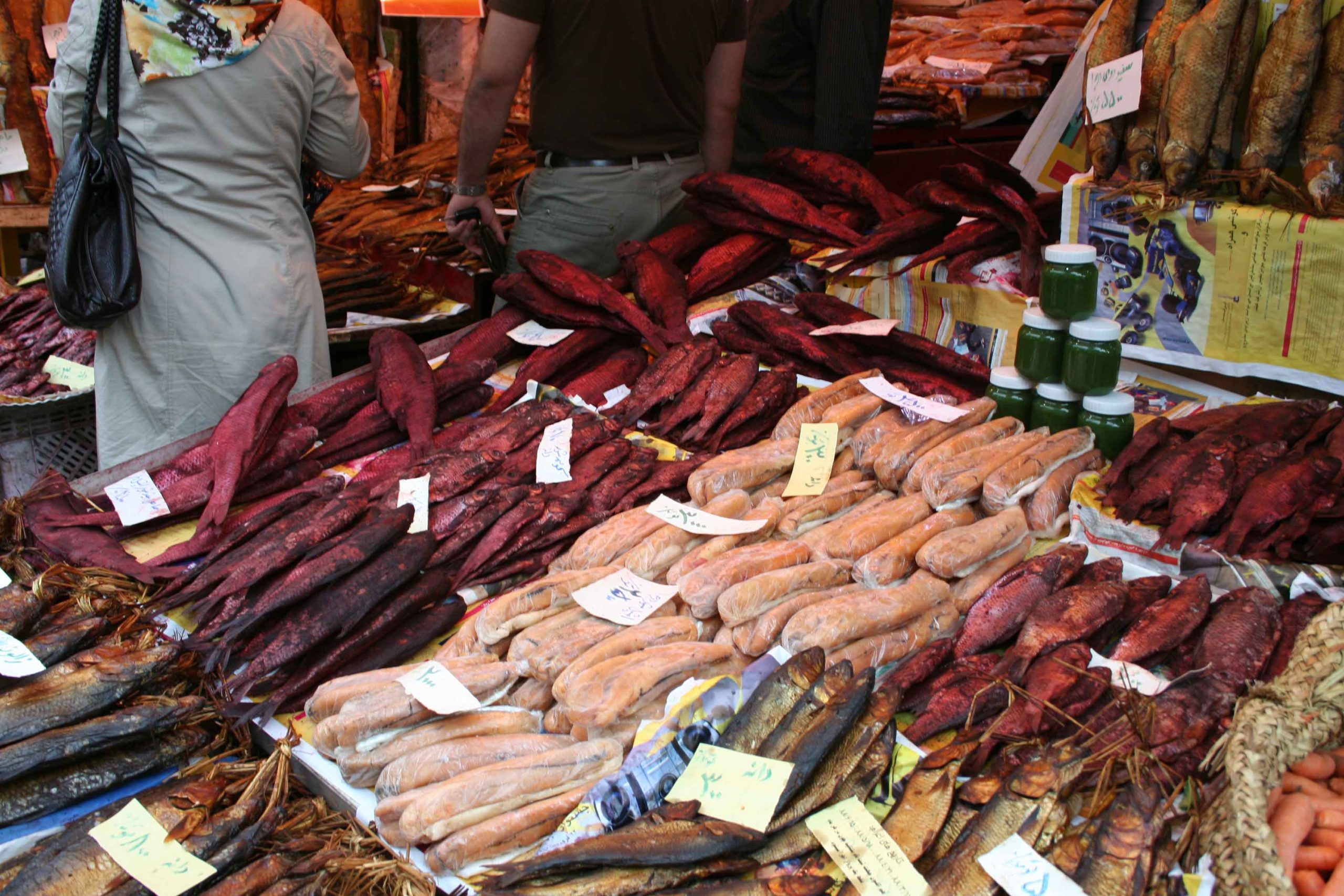
Unlike most traditional bazaars in Iran, Rasht Grand Bazaar is an open-air one. Rasht Bazaar is a 24-hectare market and consists of a large square, a small square, streets, and caravanserais (Mohtasham, Chinichian, Malek, and …). The bazaar has a total of 14 caravanserais which were built in the Qajar (1785-1925) and Pahlavi (1925-1979) eras and are connected via side streets.
Most of these caravanserais are now abandoned but the rooms in some, like Taqi Bozorg, have been converted into shops.
The bazaar has maintained its traditional appearance throughout the years and is still a place where agricultural products, different fish, local foods, and handicrafts are sold.
Rasht Bazaar was once torched by the army of Karim Khan (1705-1799), founder of the Zand dynasty (1750-1794), pillaged by the soldiers of the founder of the Qajar dynasty Agha Mohammad Khan (1742-1797), and has even sustained damages in floods, earthquakes, and fires.
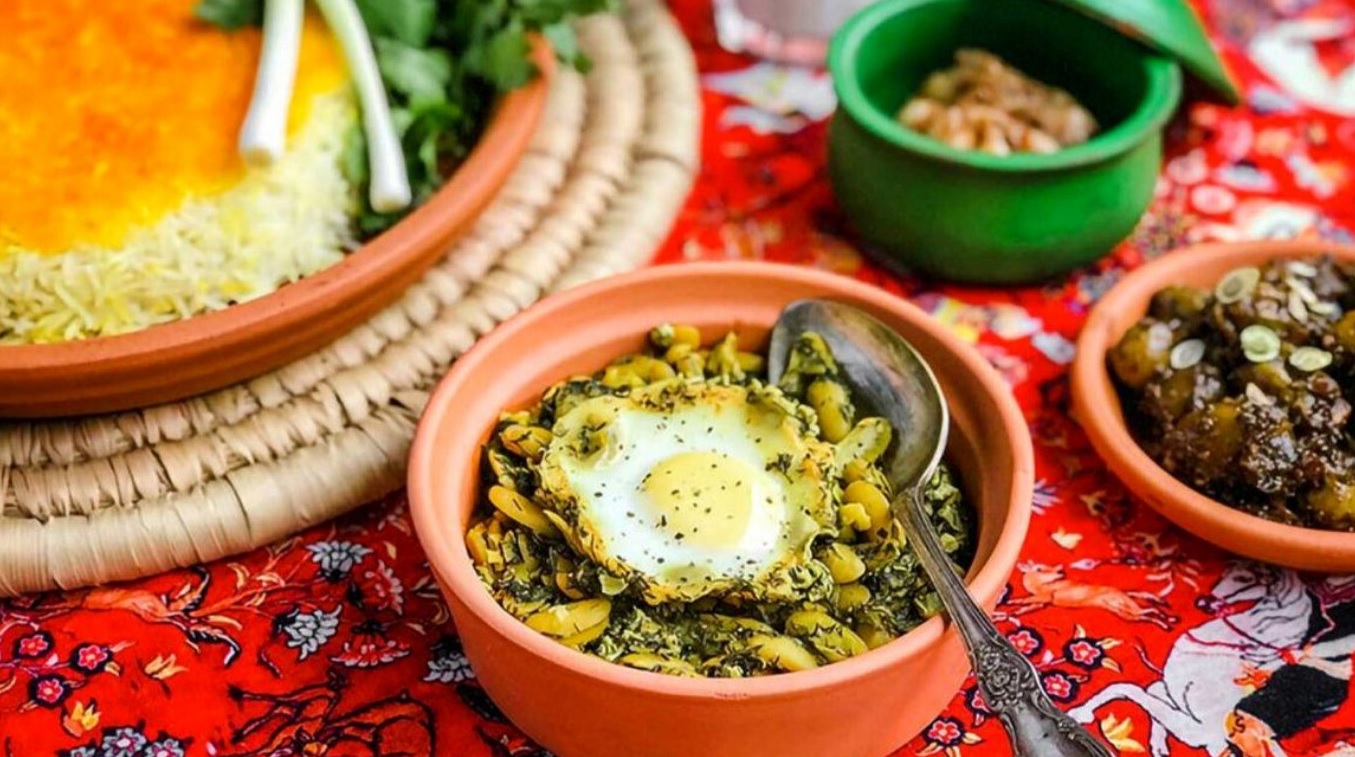
When it comes to food, Rasht has a lot to offer. This city’s rich culinary tradition leads to various tasty dishes.
Do you like your meal sour? Rasht offers a sour kebab, sour chicken, “Ghoore-mosamma”, “Torshe-washe”, and even sour fish!
Or maybe you would like something special? You can try “Mirza-Ghasemi” which is a popular and delicious dish made with eggplant, tomato and eggs.
One of the most popular appetizers in Rasht is “Zeytoon Parvardeh” which is composed of olives marinated mainly in pomegranate molasses, walnuts, and garlic. Another appetizing meal is “Baghala-ghatogh” which contains beans, garlic, eggs, and seasonings.
If you are a fan of stews, you must try “Sir-ghalye”. Having ingredients such as chicken or duck meat, garlic, onion, and split peas, it can turn out to be one of your favorites. “Anar-pich” is not only a tasty stew, but also has a tasty smell! The reason behind the smell is greeneries such as coriander and Parsley mixed with meat, walnuts, pomegranate paste, and pomegranate seeds. “Torshe-tare” is also a famous stew made with eggs, garlic, sour orange, spinach, coriander, chives, and seasonings which is often served as a side dish with smoked fish. You can enjoy all these and many more dishes with either delicious rice or bread.
There are also many other mouthwatering edibles like “Dalar” or “Dalal” which is a local seasoning made with fresh mint leaves and salt. “Reshte-khoshkar” is a kind of sweet that has been baked for about 300 years. The tasty ingredients used in this sweet include walnuts, cardamom, rice flour, cinnamon, and sugar. Moreover, do not forget to try the local pomegranate paste, olive, cookies, fish, Yas Baklava, rice bread, tea, and especially rice!
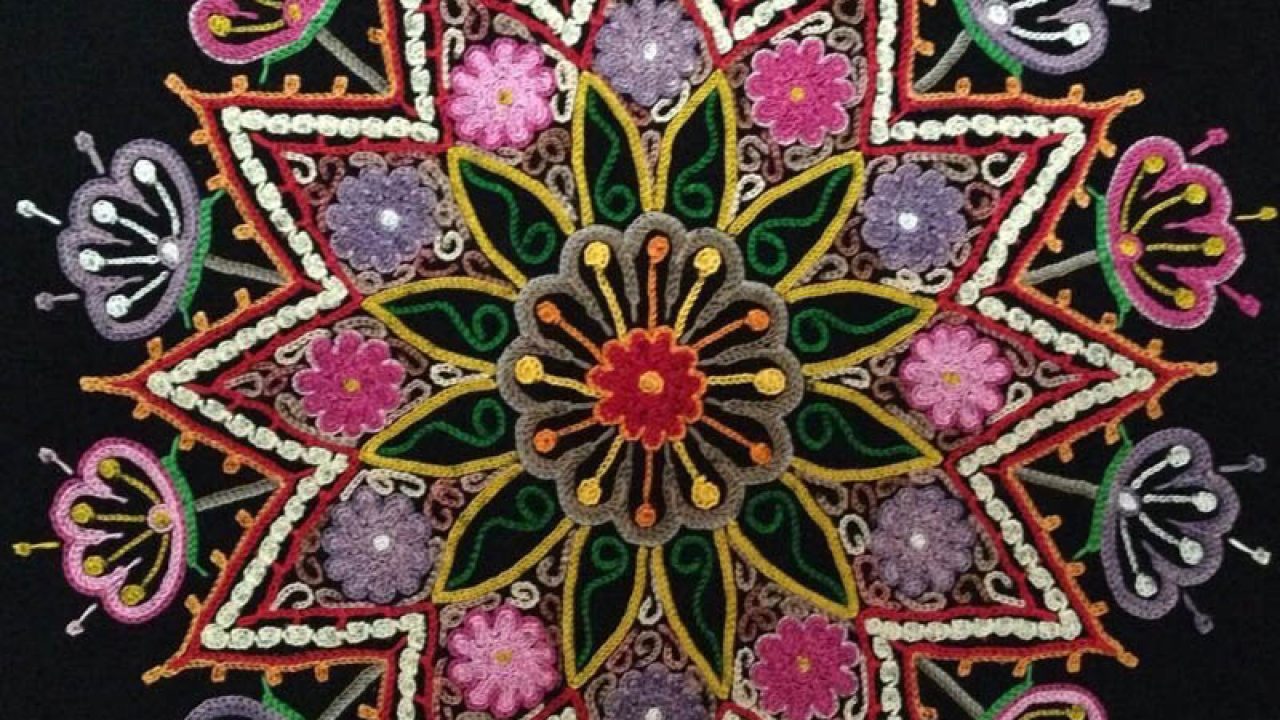
In addition to its tasty food, Rasht is also known for its unique souvenirs. The art of mat weaving and bamboo weaving leads to different kinds of baskets, strainers, chairs, hats, and even chandeliers.
“Rashti-doozi” is a kind of embroidery in which beautiful patterns are sewn on fabric with delicate and colorful threads. “Chamoosh” is a leather shoe made with hands. “Chamoosh-doozi” is also the art of weaving chamoosh which has a long history in Iran. There are also many woolen handicrafts made with sheep’s wool and colored with natural materials, such as dolls, socks, and headbands.